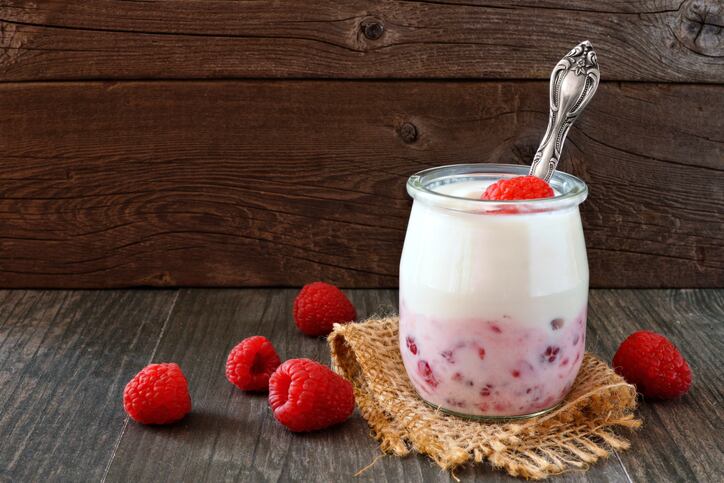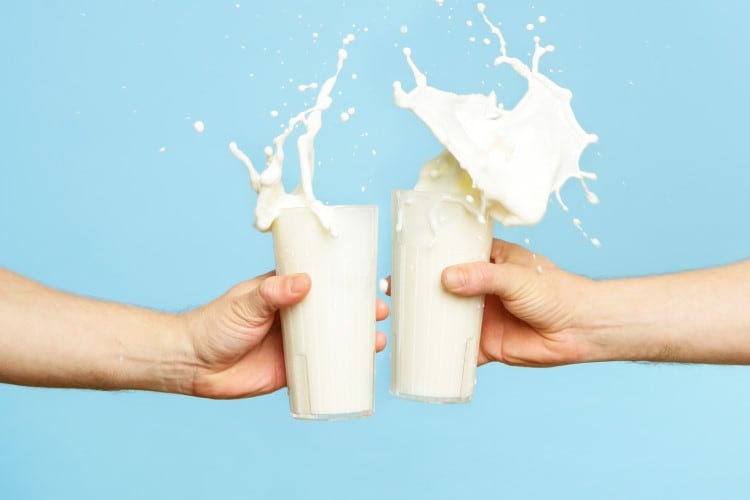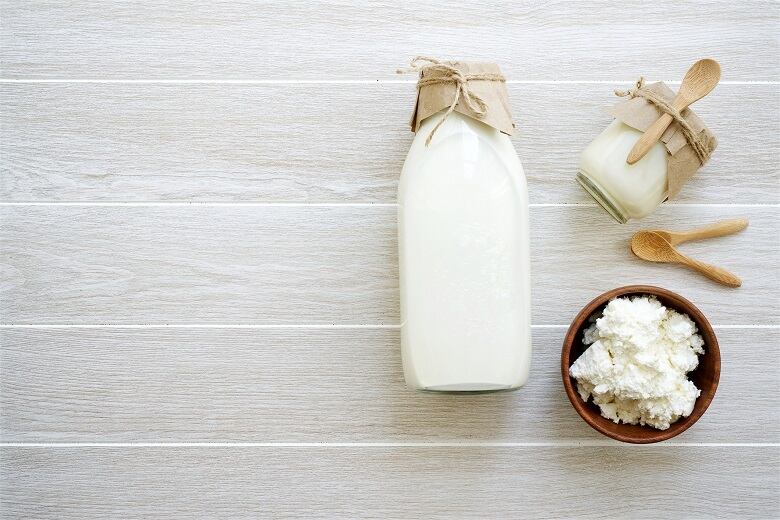In a final order issued April 14, FDA eliminated from the final yogurt standard published in June 2021 an option to have a minimum titratable acidity of 0.7%, and instead only require yogurt have a pH of 4.6 or lower as measured on the finished product within 24 hours of filling.
Originally, the agency proposed yogurt must either have a minimum titratable acidity of 0.7% or a maximum pH of 4.6 before adding “bulky flavoring ingredients,” such as fruit pieces and purees, which in the case of fruit-on-the-bottom style products are often added to packaging before yogurt is poured over the top.
However, IDFA objected to both of these options, arguing that they are “not practical and do not reflect consumer taste preferences or current industry practice for yogurt manufacturing,” according to a notice in the Federal Register published April 13.
The trade group argued that the requirement would not promote honest and fair dealing in the interest of consumers, and that the titration requirement should be set slightly lower at 0.6%, expressed as lactic acid as measured in the white mass of the yogurt, or a pH of 4.6 or lower measured in the finished product within 24 hours after filling.
Cup-set and fruit-on-the-bottom styles are safe
IDFA pointed to pathogen challenge study data that showed exempting yogurt from cooling requirements is safe when bulky flavoring ingredients are added before filling and the target pH is achieved.
It also argued that such products, made with an initial pH of 4.8 or below at filling and with he product reaching a pH of 4.6 or below within 24 hours of filling have been on the market for years and accepted by consumers “without deviating from the basic nature and essential characteristics of yogurt” or misleading consumers, according to the notice.
FDA ultimately agreed with IDFA, noting that if fruit or flavors are added to yogurt, the pH must be 4.6 or lower after 24 hours. But the agency disagreed with IDFA’s suggestion to reduce the minimum titratable acidity level – arguing such a small change would not give manufacturers flexibility, and opting instead to drop the option entirely.
The agency’s decision and clarification to the final rule for the standard of identity for yogurt is a “win for consumers and yogurt makers,” IDFA senior vice president of regulatory and scientific affairs Joseph Scimeca said.
“This will allow for popular ‘cup-set’ yogurts – like many ‘fruit-on-the-bottom’ yogurts – to continue being made and sold, while ensuring the safety of yogurt. The previous iteration of the rule, as written, could have resulted in many of these products being discontinued, along with other styles,” he explained in a statement.
He added that the decision “is the last piece of the puzzle for yogurt SOI and ensures predictability in the marketplace for yogurt makers and consumers by keeping popular products on store shelves.”
FDA previously acquiesced to IDFA’s objections to the SOI for yogurt
Last week’s amendment followed “more that four decades of advocacy from IDFA and formal objections filed by IDFA in July 2021,” following FDA’s publication of the Yogurt Standard of Identity final rule, Scimeca said.
And, he said, it addressed “the one remaining IDFA objection,” after FDA in December 2022 conceded to the trade group’s other objections and amended the yogurt SOI to include the minimum optional fortification of vitamin D at 10% of the daily value, permit the use of fat-containing flavoring ingredients in lower fat yogurt even if it increased the total fat above the nutrient content claim level related to milkfat, permitted milkfat content less than 3.25% but at least 2.44%, and allowed the use of all “safe and suitable sweeteners,” including non-nutritive sweeteners when clearly labeled.
The amended final rule went into effect April 14, but the compliance date is Jan. 1, 2024.




